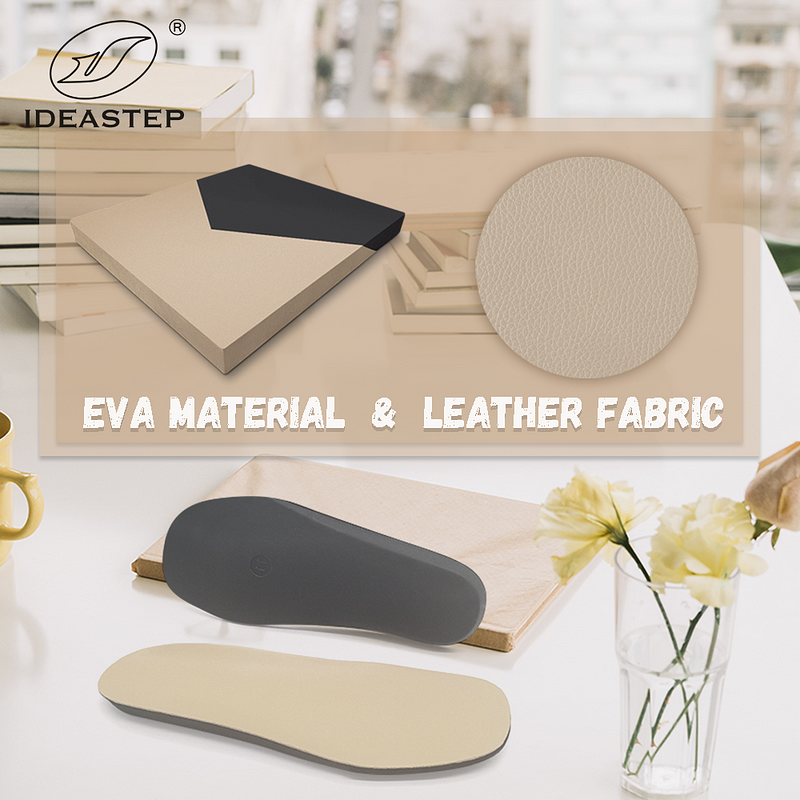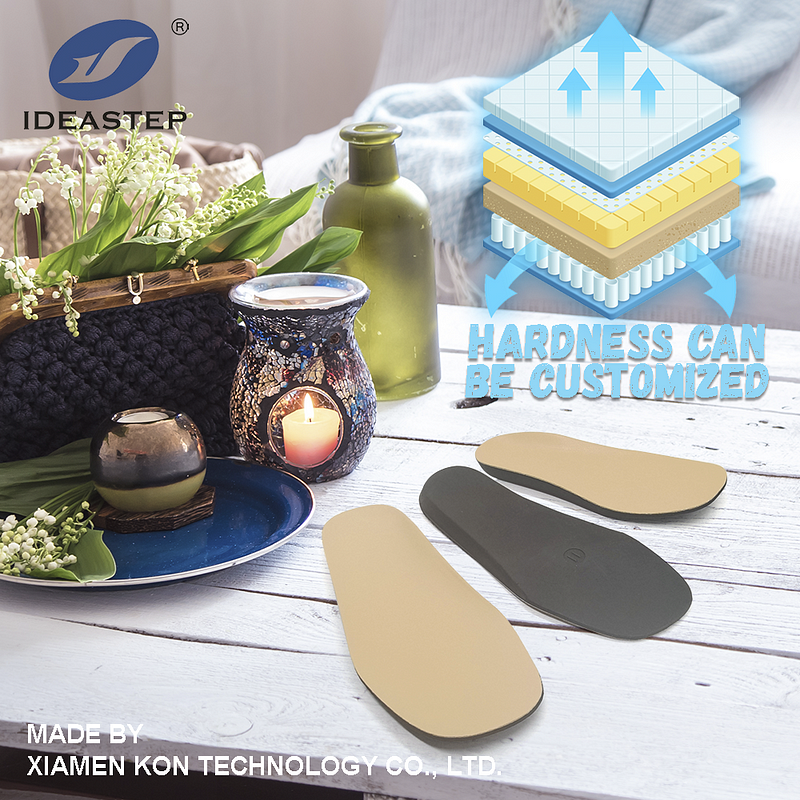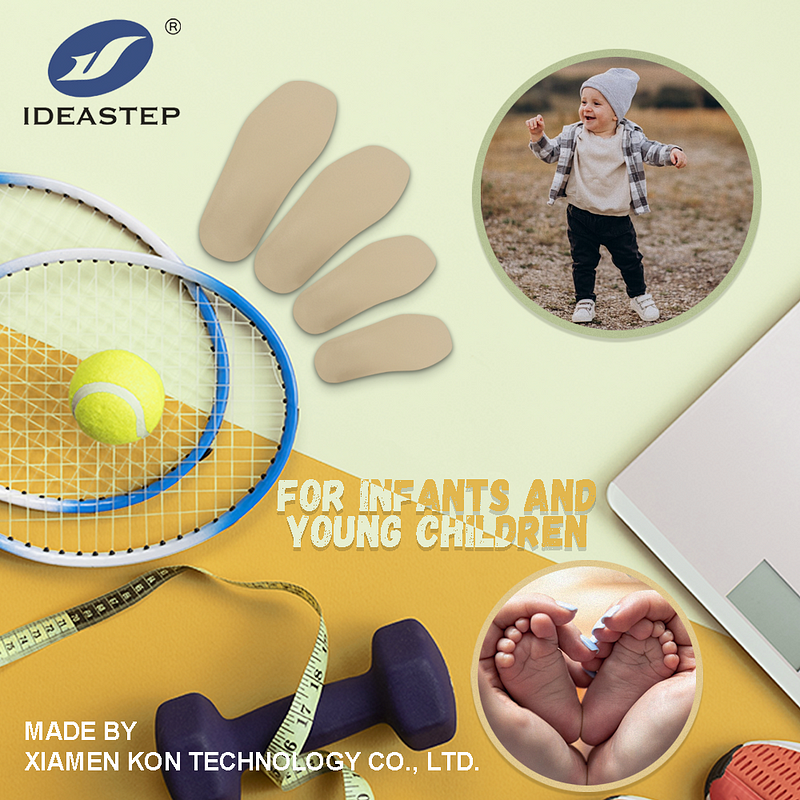Kids’ insoles play a crucial role in supporting young children’s posture and balance. Properly designed insoles can help correct misalignments, provide necessary cushioning, and enhance overall stability. Understanding their impact can help parents and caregivers make informed decisions about the best insoles for their children’s developmental needs.
Insoles designed for children are more than just comfort enhancers; they play a significant role in supporting and improving posture and balance. As young children grow and develop, their bodies are particularly susceptible to the effects of improper footwear and posture. The right pair of insoles can contribute significantly to their overall physical development and well-being. This article explores how kids’ insoles impact posture and balance, providing insights for parents and caregivers.
Posture is a crucial aspect of a child’s physical health and development. Proper posture supports the alignment of the spine, reduces strain on muscles, and helps in the development of healthy movement patterns. Kids’ insoles that offer arch support and cushioning can help correct common issues such as flat feet or overpronation. By providing adequate support, these insoles can prevent or alleviate discomfort associated with poor posture, ensuring that children maintain a more natural and healthy alignment as they grow.

Balance is another key area where insoles can make a difference. Young children are still developing their sense of balance and coordination, and proper support from insoles can aid in this developmental process. Insoles with features like shock absorption and stability control can help enhance a child’s balance by providing a more stable base for their feet. This is particularly important during activities that require precise movements and coordination, such as sports or playtime.
Insoles with cushioning can also help reduce fatigue and discomfort, allowing children to stay active and engaged in their daily activities. When children experience less discomfort in their feet, they are more likely to participate in physical activities, which contributes to their overall physical development. Insoles that provide adequate cushioning can also help absorb shock from impacts, reducing the risk of injuries related to high-impact activities.
It’s essential to select insoles that are appropriately sized and designed for children’s feet. Insoles that are too large or too small can cause additional discomfort and may not provide the intended support. Customizable insoles or those with adjustable features can be beneficial, as they can be tailored to fit the child’s specific needs and ensure optimal support.

Moreover, the material of the insoles plays a significant role in their effectiveness. Materials such as EVA (Ethylene Vinyl Acetate), memory foam, and gel offer different benefits. EVA is known for its lightweight and shock-absorbing properties, while memory foam molds to the shape of the foot for personalized comfort. Gel insoles provide extra cushioning and can be particularly beneficial for high-impact activities.
Parents and caregivers should also be mindful of the durability and maintenance of the insoles. Kids’ insoles should be easy to clean and durable enough to withstand the wear and tear of daily use. Regular inspection and replacement of insoles are necessary to ensure that they continue to provide adequate support and comfort as the child grows.
In conclusion, kids’ insoles play a vital role in supporting posture and balance in young children. By providing proper arch support, cushioning, and stability, these insoles can help address common issues related to posture and balance, promote physical activity, and contribute to overall health and development. When selecting insoles for children, it is essential to consider factors such as size, material, and durability to ensure that they meet the child’s specific needs and provide the necessary support for their growth.

FAQ
1. How do kids’ insoles affect posture?
Kids’ insoles with proper arch support and cushioning can help correct misalignments and support a natural spine alignment, thereby improving posture and reducing strain on muscles.
2. Can insoles improve a child’s balance?
Yes, insoles with features like shock absorption and stability control can enhance a child’s balance by providing a more stable base for their feet, which is crucial for activities requiring coordination.
3. What materials are best for kids’ insoles?
Materials such as EVA, memory foam, and gel are beneficial for kids’ insoles. EVA offers lightweight shock absorption, memory foam provides personalized comfort, and gel insoles offer extra cushioning for high-impact activities.
